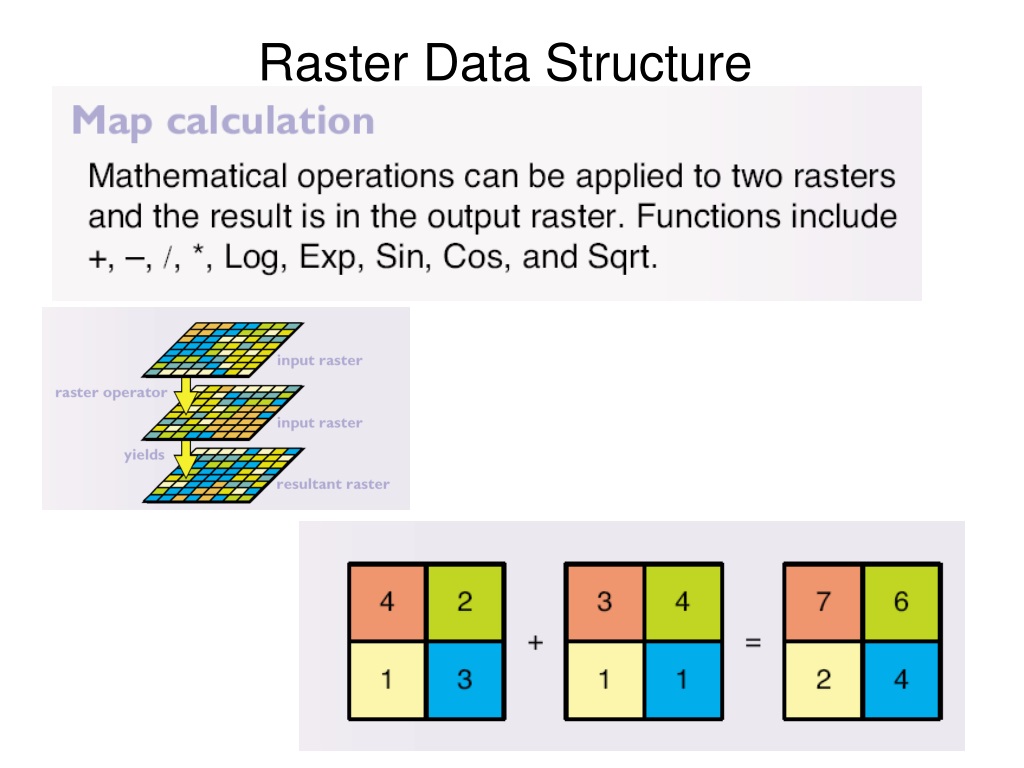

They both are the two types of spatial data in GIS. Whereas, the raster data represents a grid matrix. The vector data represents data using sequential points or vertices as points, lines and polygons. Depending on the type of problem that needs to be solved, the type of maps that need to be made, and the data source, either raster or vector, or a combination of the two can be used.

Raster data represent the landscape as a rectangular matrix of square cells. Hence, there are some primary difference between Vector and Raster data. Vector data represent features as discrete points, lines, and polygons. Example- Temperature, air pressure, elevation, flow and distance etc.įigure 1 Vector and Raster data representation Conclusion Example- Administrative borders, roadways, rivers, location of a house, forest area, fallow land etc.Ĥ. It consists of cells organised in rows and columns with each cell having one value.Ĥ. It is used to store data having discrete boundaries in Point, Line and Polygonġ. (see figure 1) Difference Between Vector Data and Raster Data Vector Dataġ. Hence, a number of raster layers are required for the representation of multiple features over a common plane. Pixels represent each and every geographic element. Raster data is synonyms with grid data as it consists of pixels with an array of cells. Examples- Forest area, Agricultural land, snow cover etc. Polygon feature is mostly distinguished using thematic symbols or colours for visual representation. It takes a minimum of three pairs of coordinates, i.e., X1Y1, X2Y2, X3Y3 to represent an area or polygon. raster data model: data models A representation of the world as a surface divided into a regular grid of cells. Polygon Data– Polygon data is represented as a closed line encompassing an area. Vector models are useful for storing data that has discrete boundaries, such as country borders, land parcels, and streets.For example rivers, railway lines, roadways etc. The start and endpoints are called nodes and the points on curves are called vertices. Line Data– It is used to represent the data that have linear features which contain at least two pairs of coordinates such as X1 Y1, X2 Y2.For example, the location of a house, location of a well etc. It is most commonly used to represent non-adjacent features and discrete data points. Point Data – is represented by one pair of coordinates ( X and Y) and is considered a dimensionless object because it can neither measure its length nor breadth with its data set.As such, vector data tend to define the centres and edges of certain features. It represents in the form of points, lines and polygons depending upon the feature. Vector data models use X and Y coordinates to define the geographic elements. Based on the nature of the display, this data is classified into two models i.e. Geographic data are geographically referenced data wherein individuals can locate and identify features by a spherical coordinate system i.e.


 0 kommentar(er)
0 kommentar(er)
